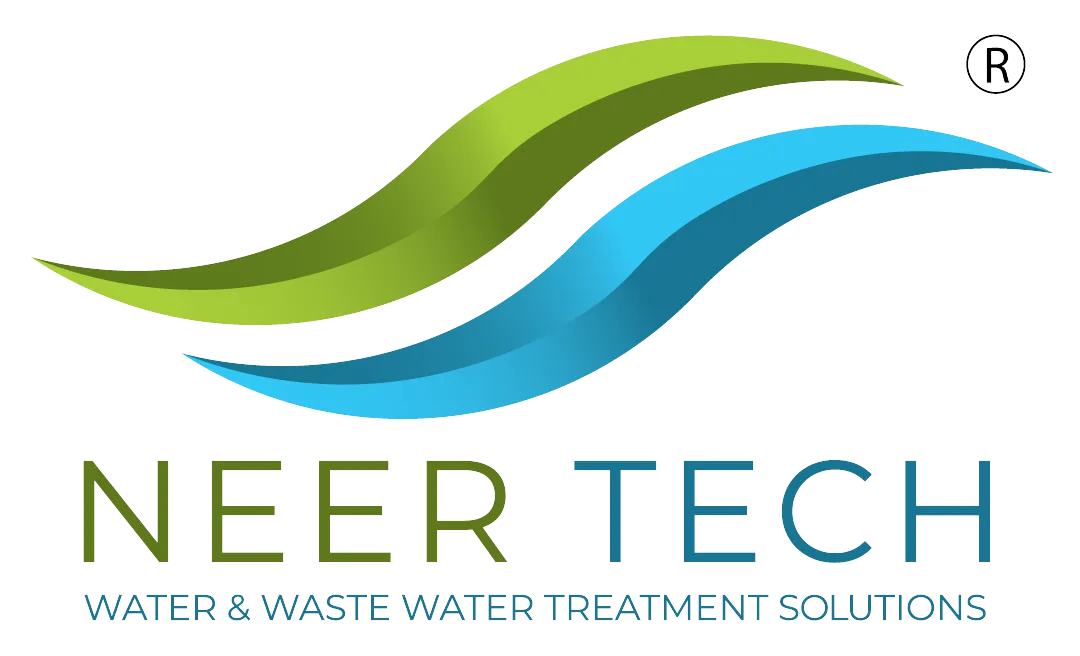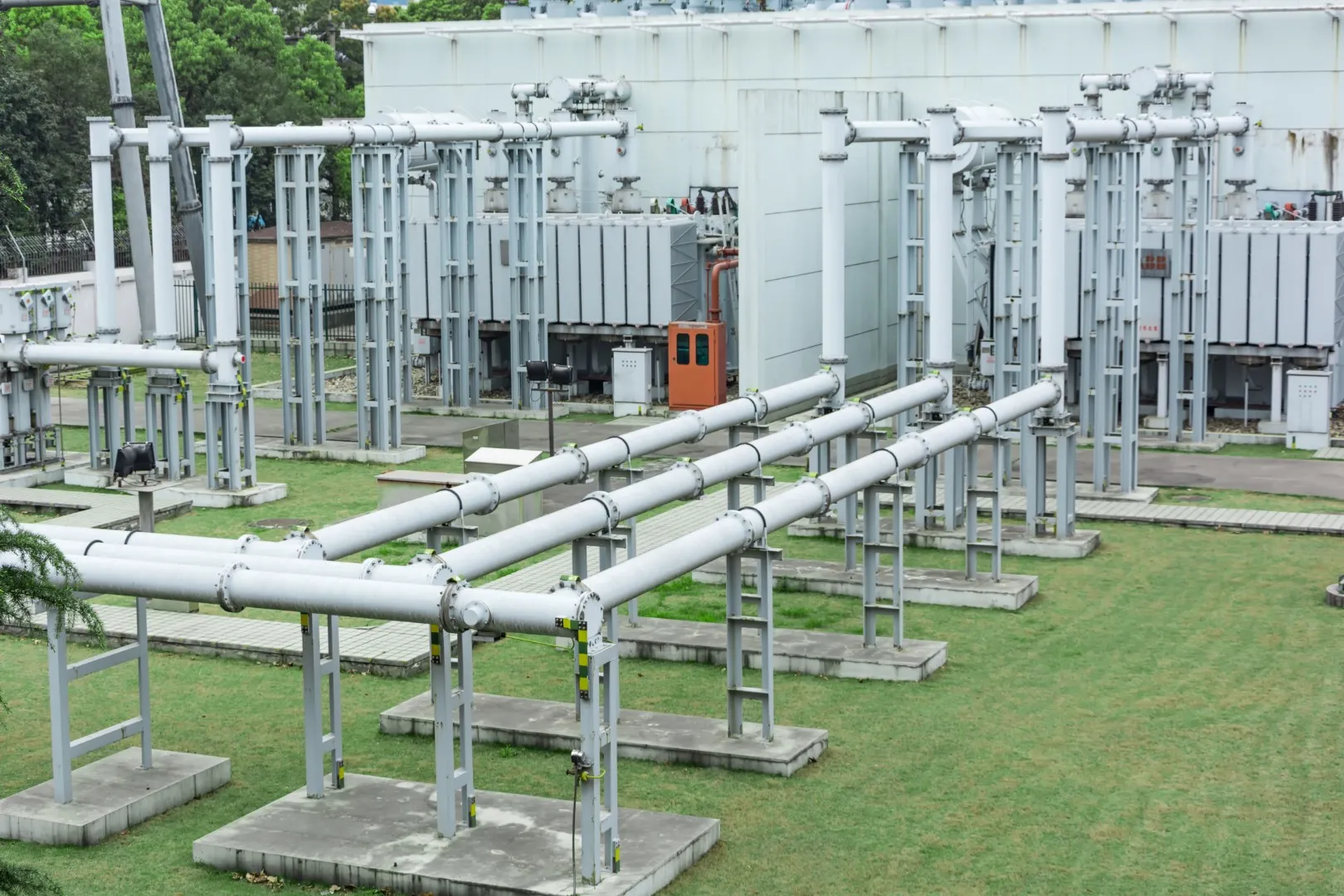Modern cities and industries generate a significant amount of wastewater every day. If left untreated, this sewage can pollute water bodies, harm aquatic life, and endanger public health. Sewage Treatment Plants (STPs) are useful in this situation Before the wastewater is returned to the environment or used again for different purposes, these systems clean it. we will walk you through how a Sewage Treatment Plant operates, break it down into different stages, and give you a clear picture through a diagram. Whether you're a homeowner, industrial facility owner, or part of a municipal body, understanding how these systems work is crucial in today's eco-conscious world.
What is a Sewage Treatment Plant?
A sewage treatment plant is a facility that cleans wastewater and sewage so that it can be safely returned into the environment or used again. The primary goal is to remove harmful contaminants like solids, organic matter, pathogens, and nutrients such as nitrogen and phosphorus.
There are various types of Sewage Treatment Plants in India, depending on capacity and purpose. These consist of commercial, industrial, and residential STPs. Each plant is designed based on the volume and type of wastewater it receives.
Sewage Treatment Plants Diagram – Step-by-Step Breakdown
To better understand the process, let's refer to a typical Sewage Treatment Plants Diagram. The treatment typically includes several important steps:
How Screening and Grit Removal Prepare Wastewater for TreatmentAt the entry point, wastewater passes through a screen to remove large objects like plastic, rags, and debris. The water then passes through a grit chamber, where heavy particles like gravel and sand settle.
This step protects downstream equipment from damage and blockages, making it an essential part of the process.
Primary Treatment – Sedimentation TanksIn this phase, the wastewater moves into large sedimentation tanks where the flow is slowed down. The heavier particles sink to the bottom, creating what is known as primary sludge, while oils and grease rise to the surface and are carefully removed.
About 60% of the suspended solids are removed at this stage. It's a crucial part of any Sewage Treatment Plants service.
Secondary Treatment – Biological TreatmentDuring secondary treatment, naturally occurring bacteria and microorganisms decompose organic pollutants present in the wastewater, significantly reducing its biological load. This is commonly done in aeration tanks where oxygen is pumped to support bacterial activity.
There are several methods used here:
- Activated Sludge Process (ASP)
- Sequencing Batch Reactor (SBR)
The choice of method depends on the size, location, and type of the Sewage Treatment Plants in India.
Secondary ClarificationAfter biological treatment, the mixture enters secondary clarifiers where the microbial biomass (known as activated sludge) settles down. A portion of the sludge is redirected back into the aeration tank to maintain optimal biological activity, while the rest is extracted for further processing and treatment.
At this point, the water is significantly cleaner and meets many discharge standards.
Tertiary Treatment – Polishing and DisinfectionTertiary treatment is the final step, especially where water is reused for landscaping, flushing, or even industrial processes. This phase includes:
- Filtration through sand or membrane filters
- Disinfection using UV, ozone, or chlorination
The process includes the elimination of excess nutrients, such as nitrogen and phosphorus, to prevent environmental contamination.
This stage enhances water quality and removes any residual pathogens or contaminants, making the water safe for discharge or reuse.
Sludge Treatment and DisposalThe accumulated solid residues separated throughout the treatment process are commonly referred to as sludge. This sludge is further treated through processes like:
- Thickening
- Digestion
- Dewatering
Why Are Sewage Treatment Plants So Important?
With increasing urbanization, the pressure on natural water sources is immense. Discharging untreated sewage leads to water pollution, diseases, and environmental degradation. Hence, sewage treatment plants in India are vital for advancing sustainable development.
Some of the major benefits include:
- Protection of natural water bodies
- Compliance with pollution control regulations
- Improved hygiene and public health
For industries, an efficient Sewage Treatment Plants service not only supports environmental responsibility but also helps in saving costs related to water usage and penalties.
Common Challenges in Sewage Treatment
Despite its importance, several challenges can arise in the operation of STPs:
- Irregular maintenance leading to breakdowns
- Overloading due to underestimated capacity
- Power failures affecting biological treatment
- High operational costs for tertiary treatment
That's why it is crucial to have a reliable Sewage Treatment Plants service partner who can offer regular monitoring, timely upgrades, and skilled support staff.
Why Choose Neer Tech?
At Neer Tech, we are committed to delivering high-performance, cost-effective, and sustainable Sewage Treatment Plants in India. With years of experience in the water and wastewater treatment industry, we design, install, and maintain STPs across residential, commercial, and industrial sectors.
Our team of experts uses the latest technologies and industry-best practices to provide customized solutions that meet pollution control norms and optimize operational efficiency. From initial consultation to after-sales support, we work with transparency, integrity, and a passion for environmental responsibility.
When you choose Neer Tech, you're not just investing in an STP—you're investing in a cleaner, greener future.
Conclusion
A Sewage Treatment Plant is a vital infrastructure that protects our environment and health by treating wastewater effectively. From preliminary treatment to sludge management, each stage plays a critical role in cleaning the sewage before it is released or reused. With rising awareness and regulations, the need for efficient Sewage Treatment Plants in India is more urgent than ever. Whether it's for a residential complex or an industrial unit, choosing the right technology and service partner makes all the difference.
Do you require a customized sewage solution? To find out how a sewage treatment plant can improve your water management system, call Neer Tech at +91 79843 77525 or send an email to sales@neertech.co.in.

